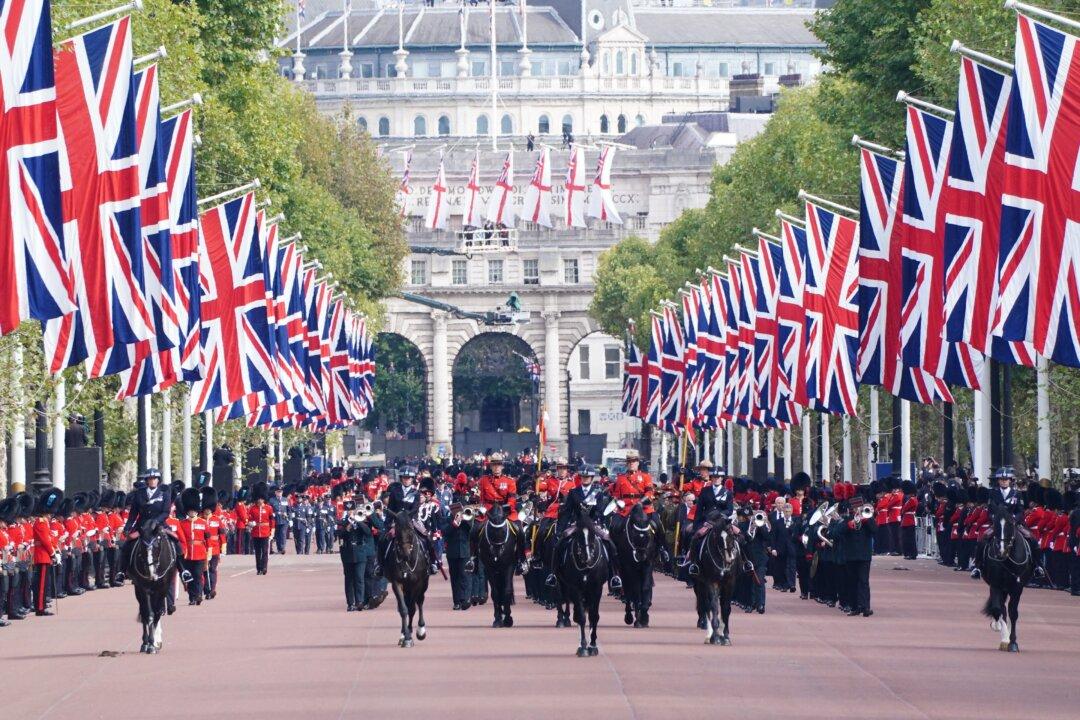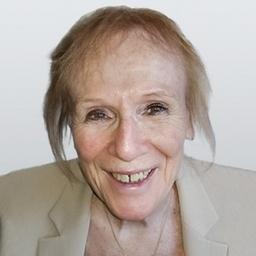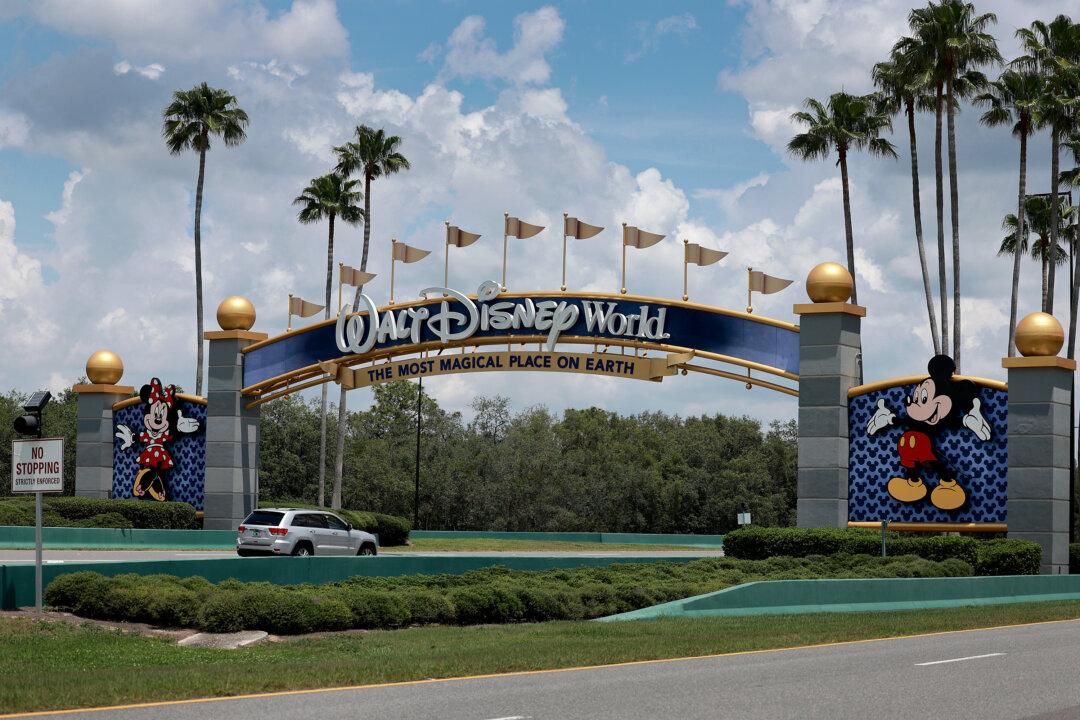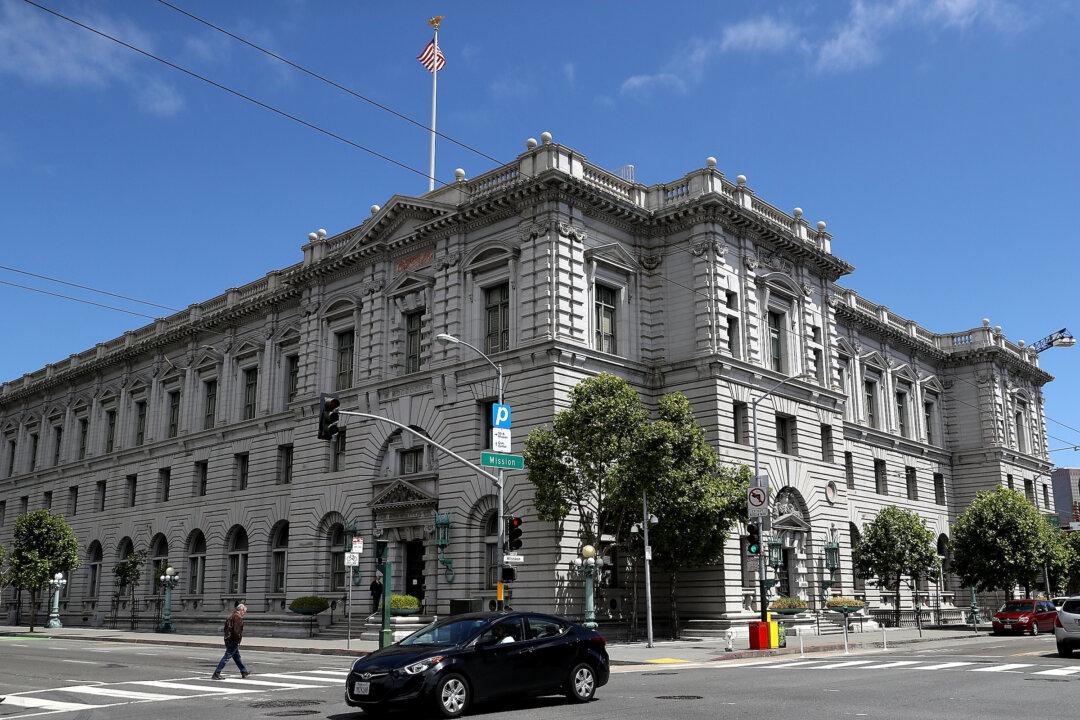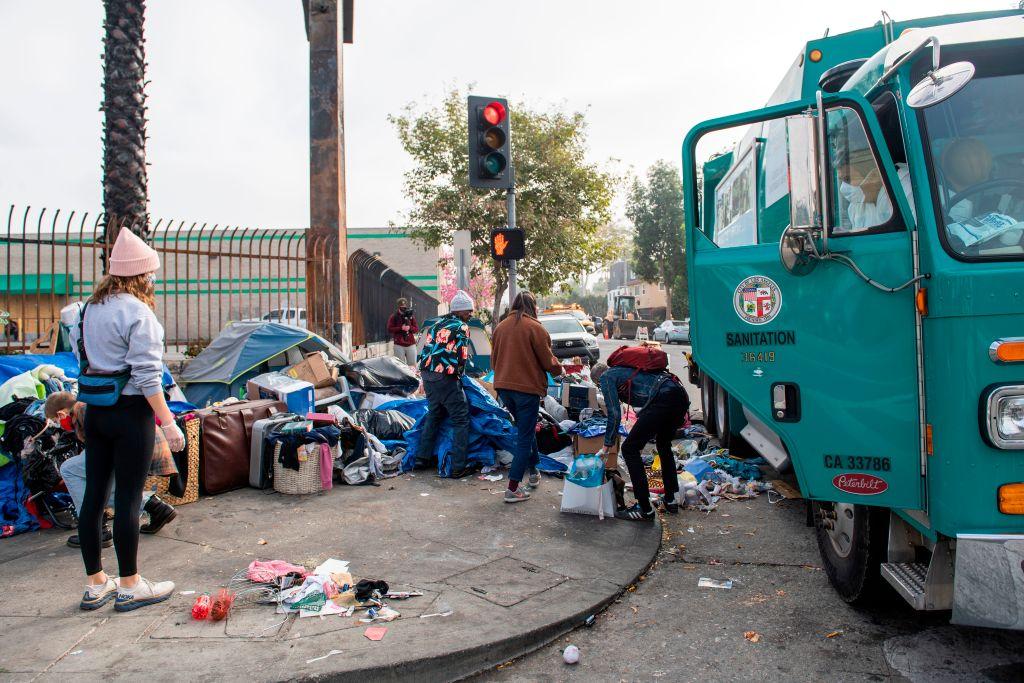Commentary
Some 4.1 billion people worldwide are likely to have watched either all or much of today’s state funeral for Queen Elizabeth II on television or streaming media. It’s a number nearly double the 2.5 billion people who tuned in to the obsequies for Princess Diana, Elizabeth’s immensely popular sometime daughter-in-law, killed in an auto accident in 1997 and memorialized as “the people’s princess” by the likes of Elton John and others.
